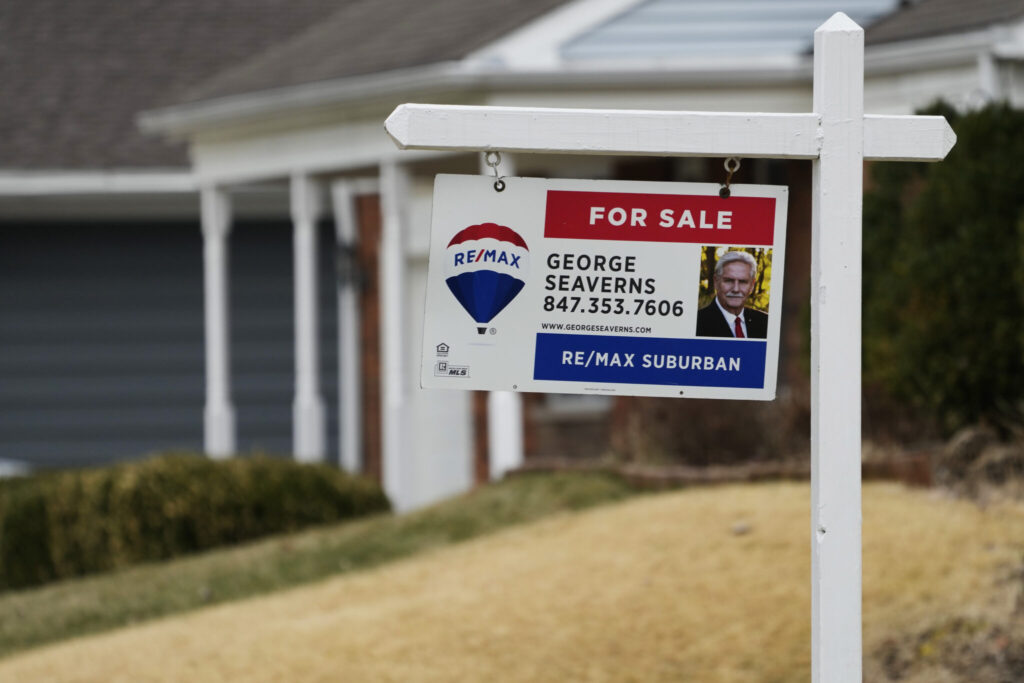Home buyers benefited from another week of falling mortgage rates, with the average rate dropping for the fourth week in a row, according to data from Freddie Mac released Thursday. The 30-year fixed-rate mortgage averaged 6.28% in the week ending April 6, down from 6.32% the week before. A year ago, the 30-year fixed-rate was 4.72%. The associated Press has the story:
Average 30-year mortgage rate dips to 6.28%
Newslooks- (AP)
The average long-term U.S. mortgage rate dipped for the fourth straight week, a good sign for potential home buyers and a real estate market that’s been mostly cold since the Federal Reserve began raising interest rates more than a year ago.
Mortgage buyer Freddie Mac reported Thursday that the average on the benchmark 30-year rate dipped to 6.28% from 6.32% the previous week. The average rate last year at this time was 4.72%.
The average long-term mortgage rate hit 7.08% in the fall — a two-decade high.
The recent decline in mortgage rates is good news for prospective homebuyers, many of whom were pushed to the sidelines during the past year as the Federal Reserve cranked up its main borrowing rate nine straight times in a bid to tamp down persistent, four-decade high inflation.
Though supply remains low, home prices appear to be leveling off, another development that could lure buyers back into the market. The national median home price slipped 0.2% from February last year to $363,000, marking the first annual decline in 13 years, according to the National Association of Realtors.
Rising borrowing costs can add hundreds of dollars a month in costs for homebuyers and put the brakes on the housing market. Before surging 14.5% in February, sales of existing homes had fallen for 12 straight months to the slowest pace in more than a dozen years.
In 2022, existing U.S. home sales fell 17.8% from 2021, the weakest year for home sales since 2014 and the biggest annual decline since the housing crisis began in 2008, the National Association of Realtors reported earlier this year.
In their latest quarterly economic projections, Fed policymakers forecast that they expect to raise that key rate just once more — from its new level of about 4.9% to 5.1%, the same peak they had projected in December.
While the Fed’s rate hikes do impact borrowing rates across the board for businesses and families, rates on 30-year mortgages usually track the moves in the 10-year Treasury yield, which lenders use as a guide to pricing loans. Investor expectations for future inflation, global demand for U.S. Treasurys and what the Federal Reserve does with interest rates can also influence the cost of borrowing for a home.
Treasury yields have fluctuated wildly since the collapse of two mid-size U.S. banks last month. The yield on the 10-year Treasury, which helps set rates for mortgages and other important loans, was at 3.29% early Thursday but had been above 4% early in March.
The rate for a 15-year mortgage, popular with those refinancing their homes, rose this week to 5.64% from 5.56% last week. It was 3.91% one year ago.







